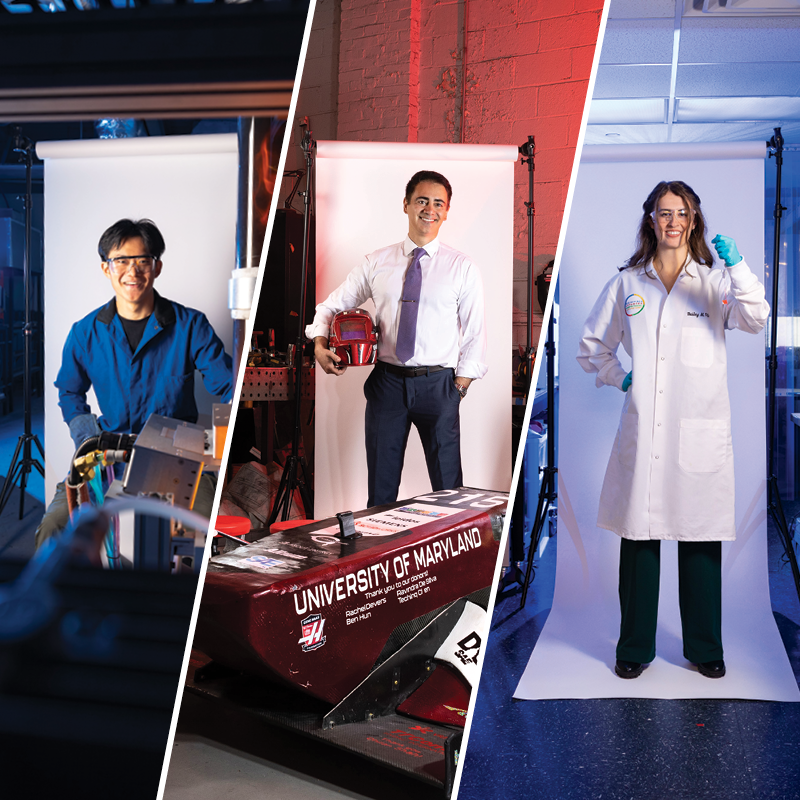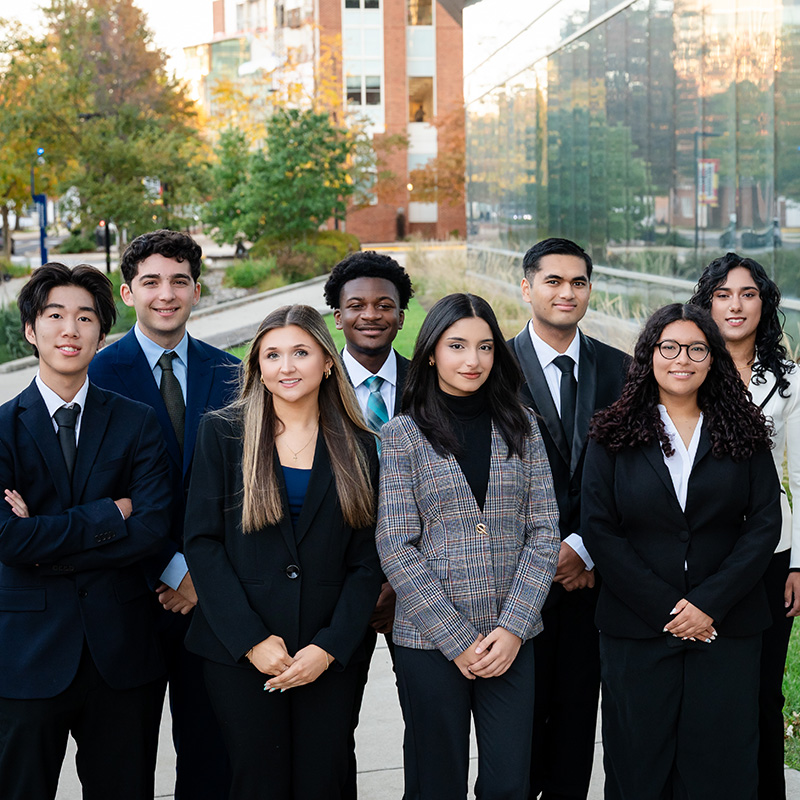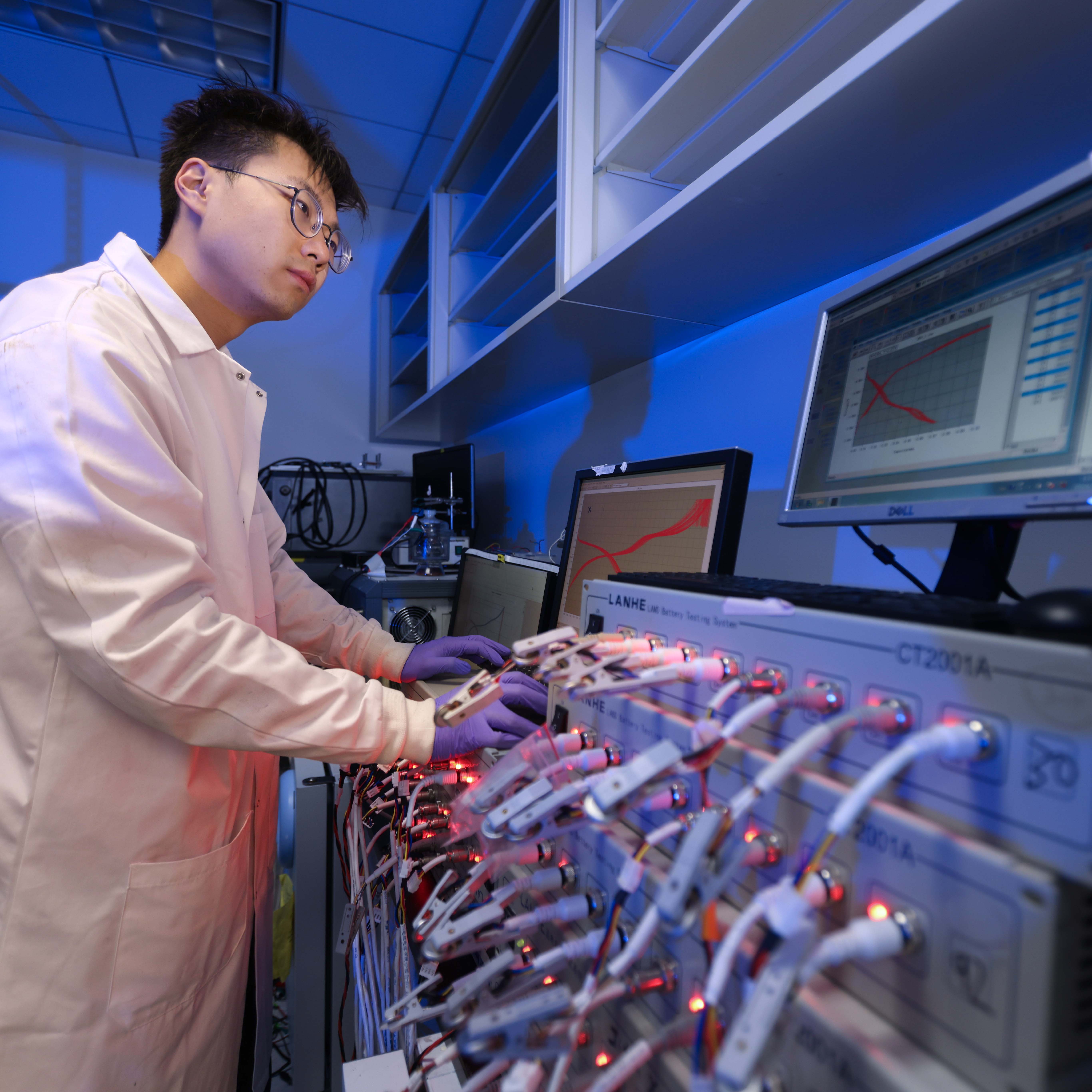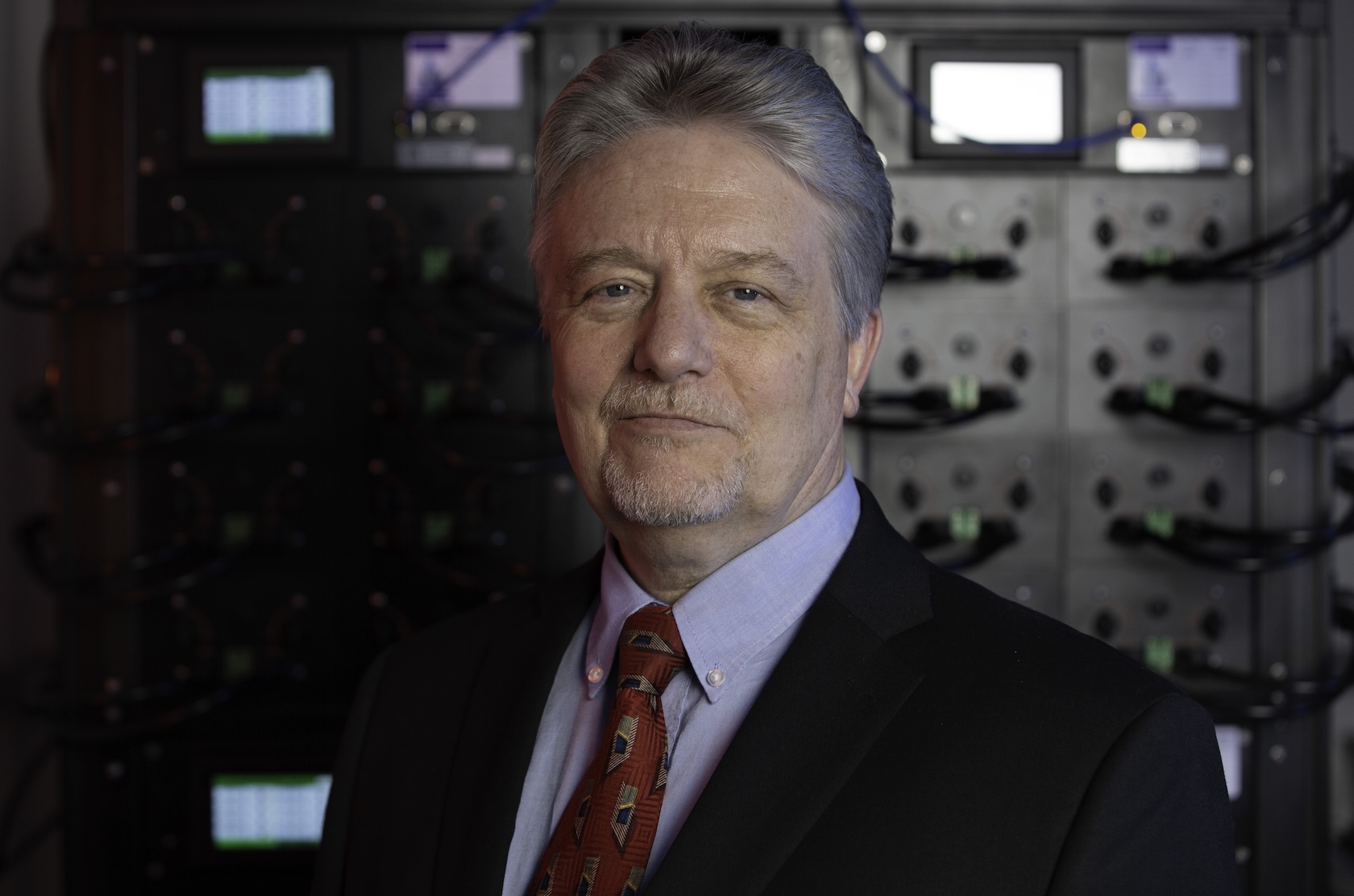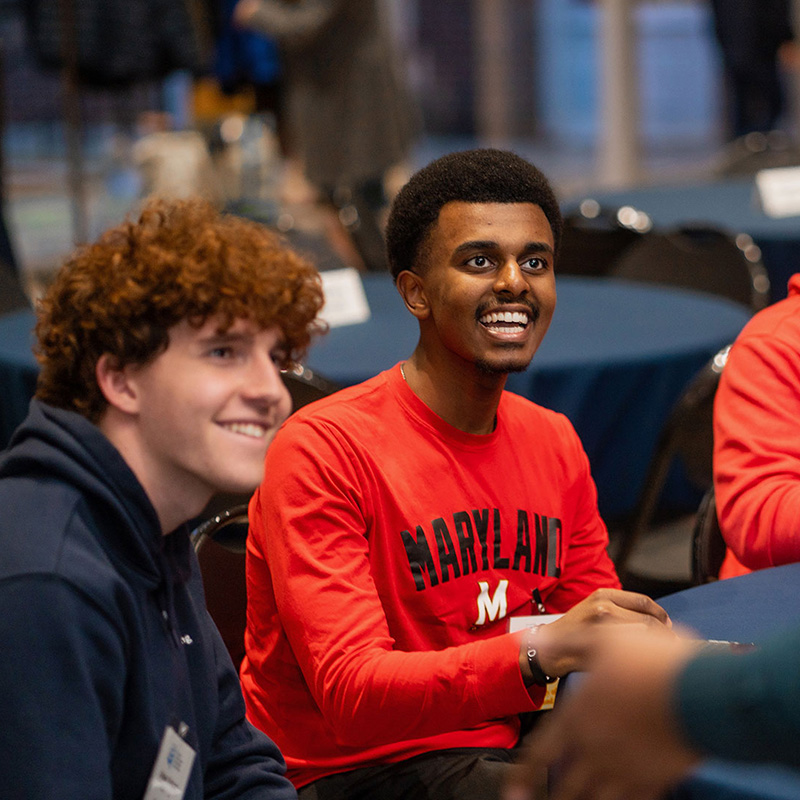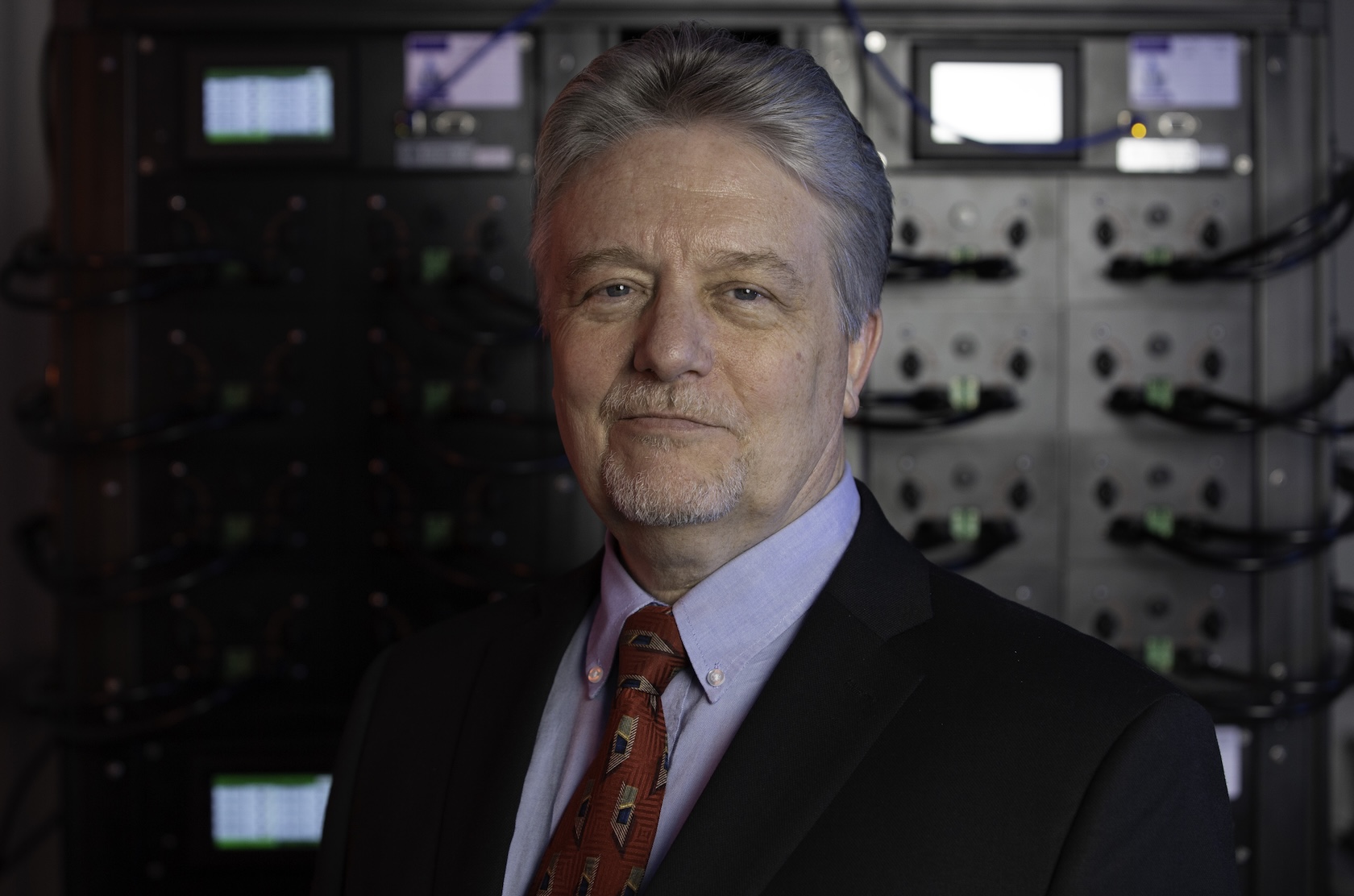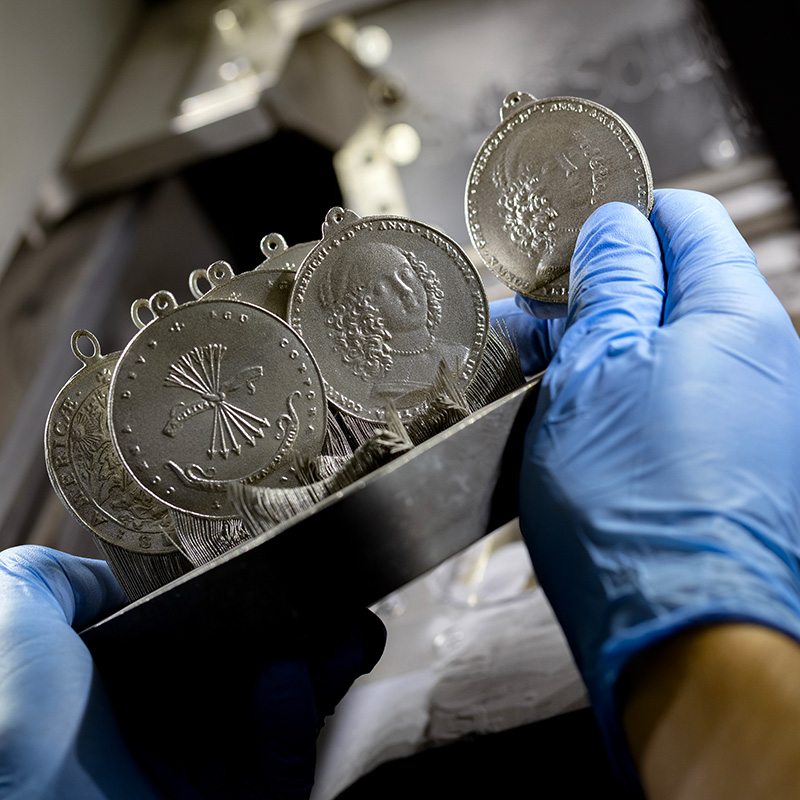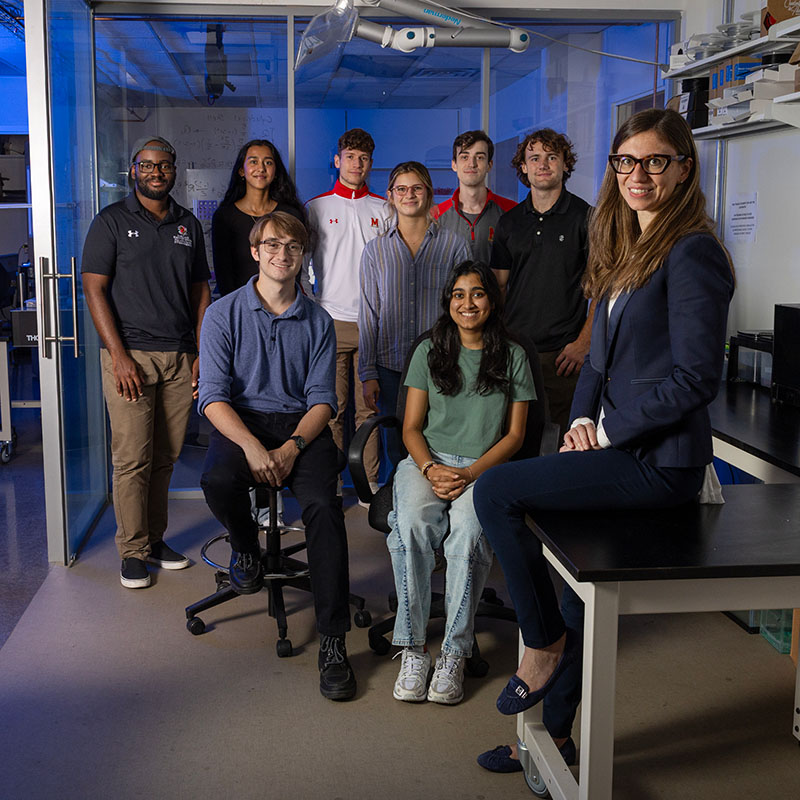News Story
Scientists Discover that Electricity Can be Used to Stick Gels to Almost Any Living Tissue
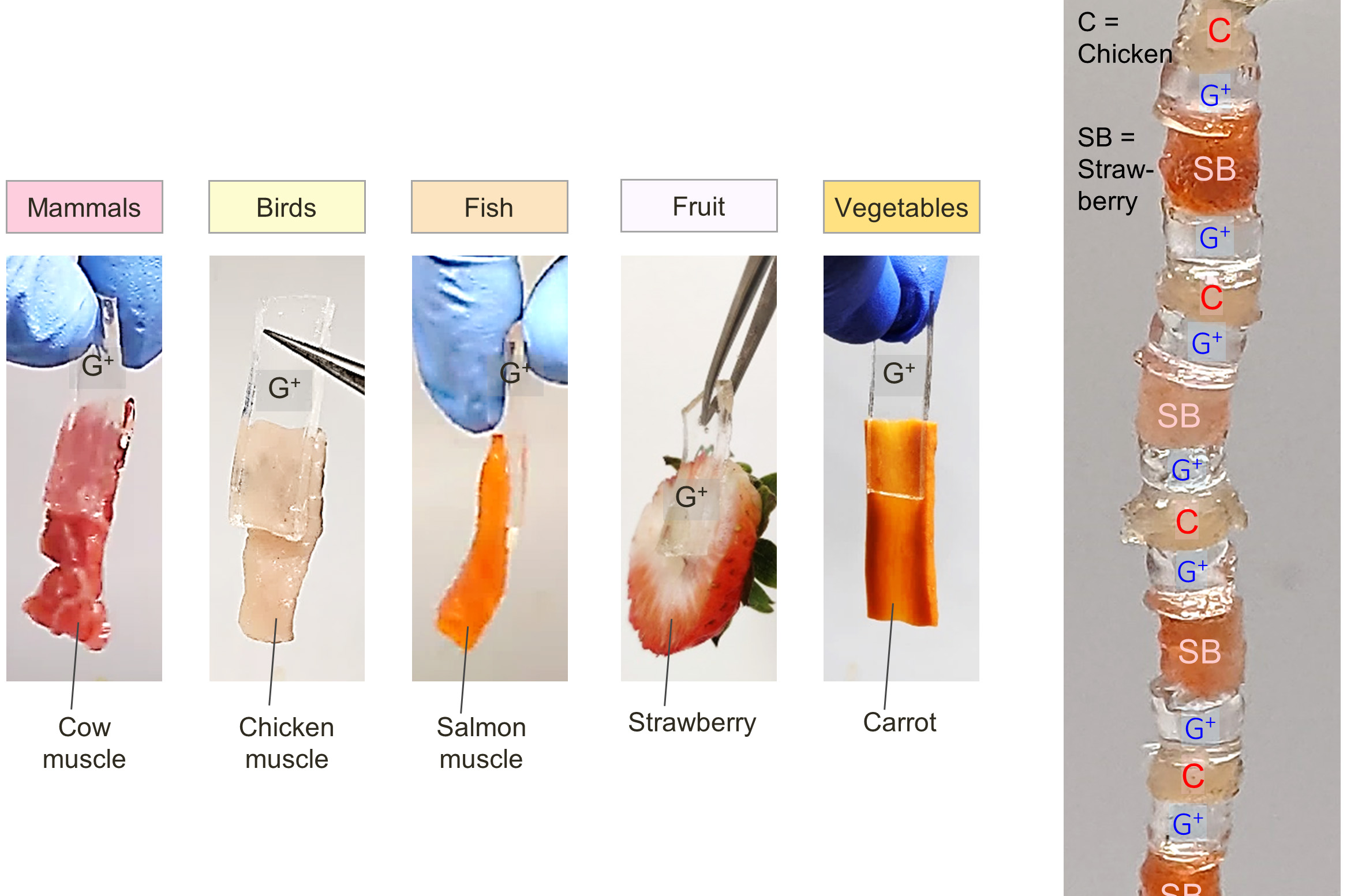
Scientists at the University of Maryland led by Professor Srinivasa Raghavan in the Department of Chemical and Biomolecular Engineering report their latest results in the journal Advanced Science on an unconventional adhesion technique that relies on electricity. The effect is termed electroadhesion, and in this paper, the team uses it to make soft gels stick strongly to nearly any biological tissue, whether from humans, animals, or even plants.
To induce electroadhesion, the team uses a low direct current voltage (just 10 volts for 20-30 seconds) and show that this can switch on a powerful and lasting adhesion between a cationic gel and a tissue. When the polarity of the field is reversed, the adhesion is undone, making the gel-tissue bond fully reversible.
Professor Raghavan’s lab had previously reported electroadhesion of gels with bovine tissue. But here they show that electroadhesion can be achieved across the entire animal kingdom (including mammals, birds, fish, reptiles, amphibians, insects, and worms) and even with fruits and vegetables like carrots, plums, and strawberries.
“It is rare to find a phenomenon that works universally across biology,” said Raghavan. “With just a mild electric field, we can make a soft gel stick to virtually any tissue—and then release it again. It is essentially an electrical switch for biological adhesion.”
The mechanism for electroadhesion, the authors suggest, is based on electrophoresis, or the movement of charged polymer chains at the interface between the gel and the tissue. When oppositely charged polymers meet, they form stable electrostatic links that persist even after the current stops.
The researchers identified three key factors governing this “on-demand” adhesion: the presence of anionic polymers in the tissue (such as hyaluronic acid, mucin, or pectin); exposure of these charged polymers at the tissue surface; and concentration of these polymers in the tissue (the higher it is, the stiffer the tissue).
The ability to bond and unbond soft gels so easily could revolutionize medicine as well as material science. Medical applications include suture-free surgical sealing, temporary wound closure, or attachment of biomedical sensors and drug patches. The technique could even enable construction of bio-hybrid materials that combine gels, animal tissue, and plant matter into flexible ‘living composites.'
“Imagine sealing a blood vessel or organ tear without stitches—just with a Jello-like material and a gentle electric pulse,” said Raghavan. “That’s the vision we’re pursuing.”
This research was led by chemical and biomolecular engineering alumna Leah K. Borden Ph.D.’22, now a postdoctoral researcher at MIT. Borden has co-founded the biomedical startup Gelectric, which is attempting to bring EA to the clinic for surgery. Medical collaborators on this paper include Dr. Anthony Sandler from Children’s National Hospital in Washington, DC and Dr. Rajabrata Sarkar from the University of Maryland School of Medicine in Baltimore.
Published October 29, 2025

